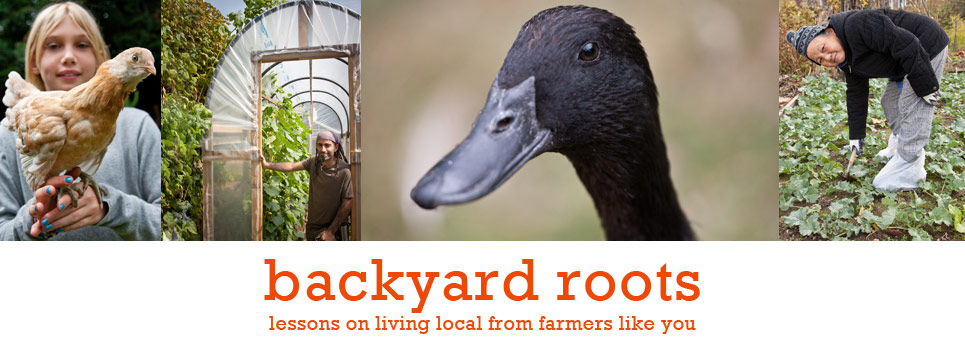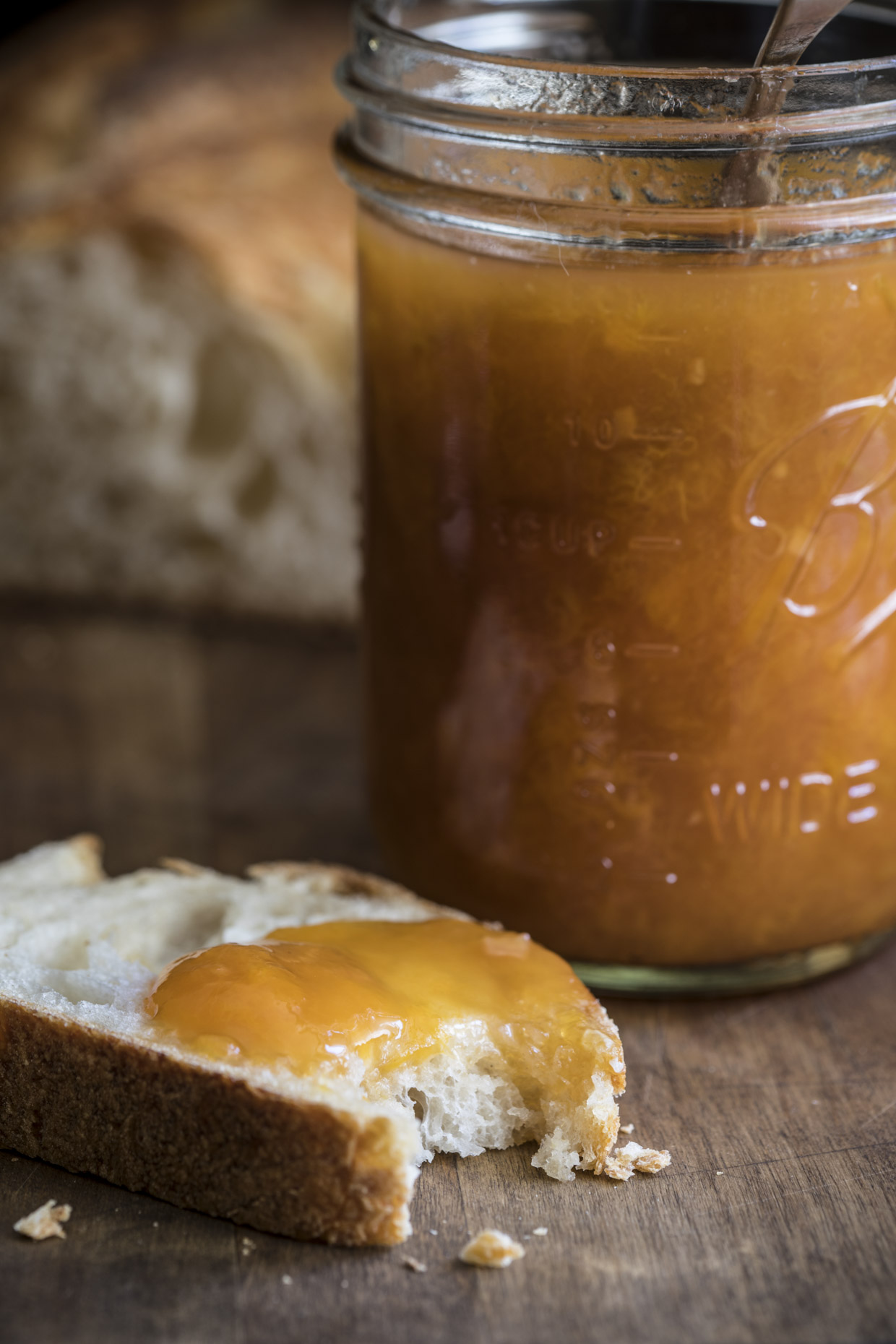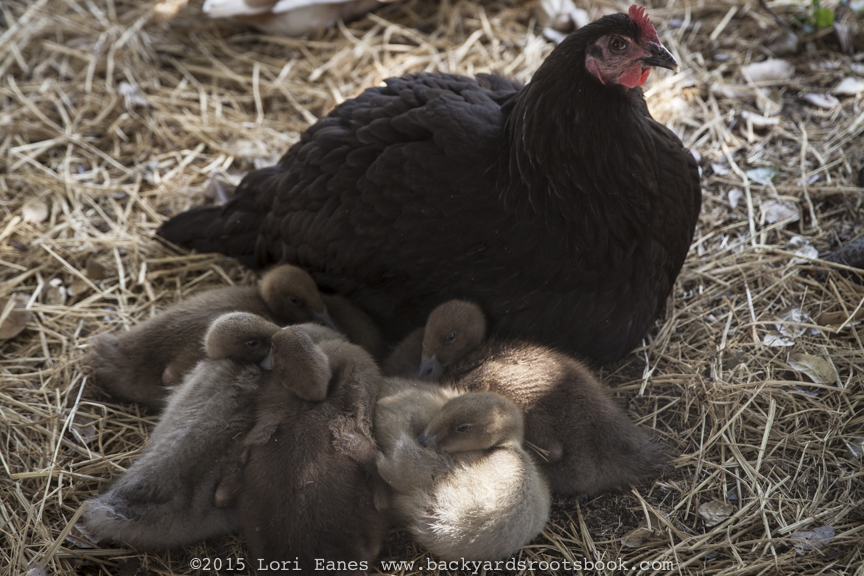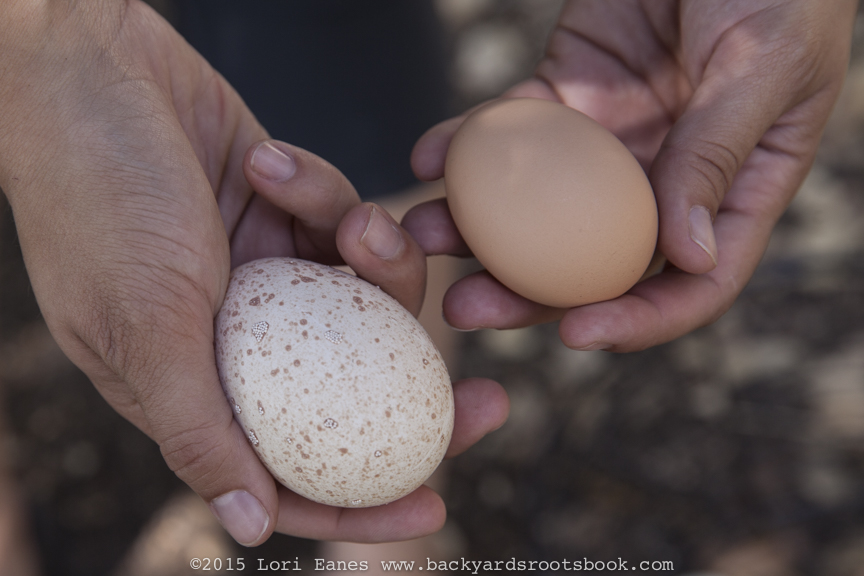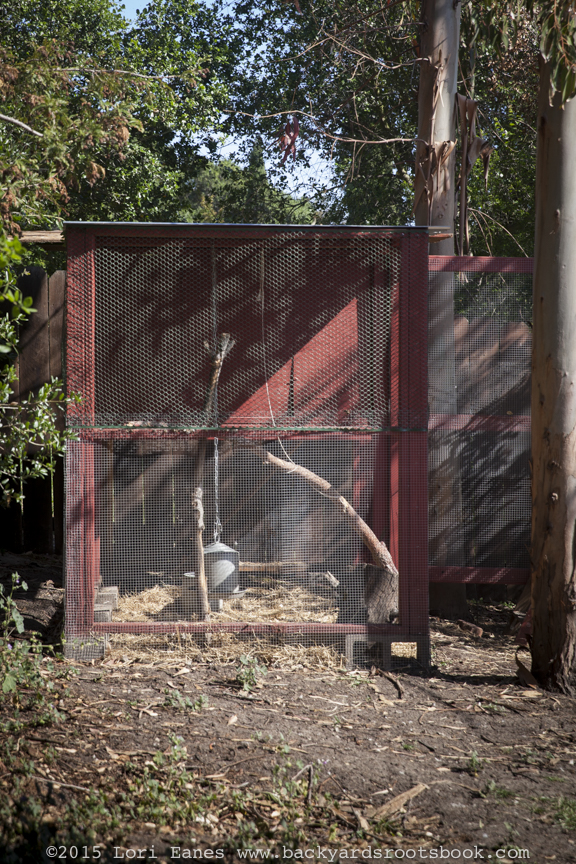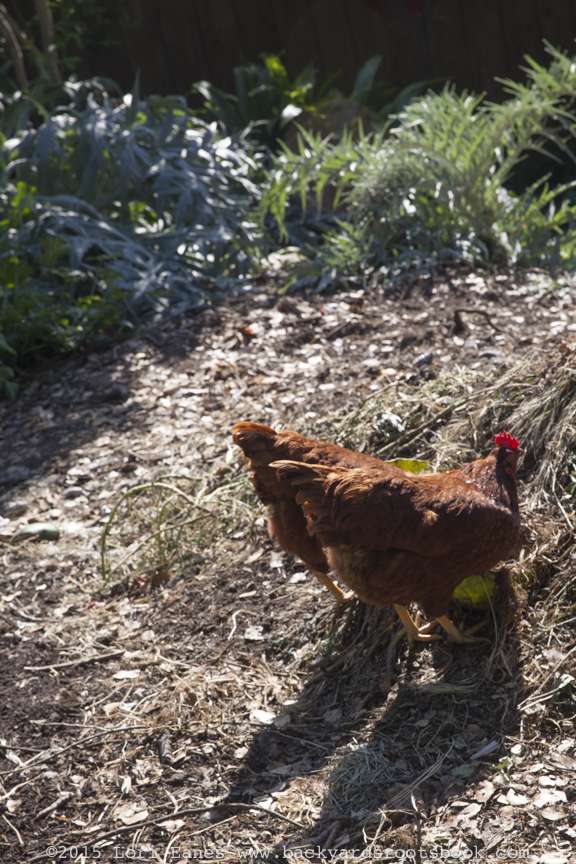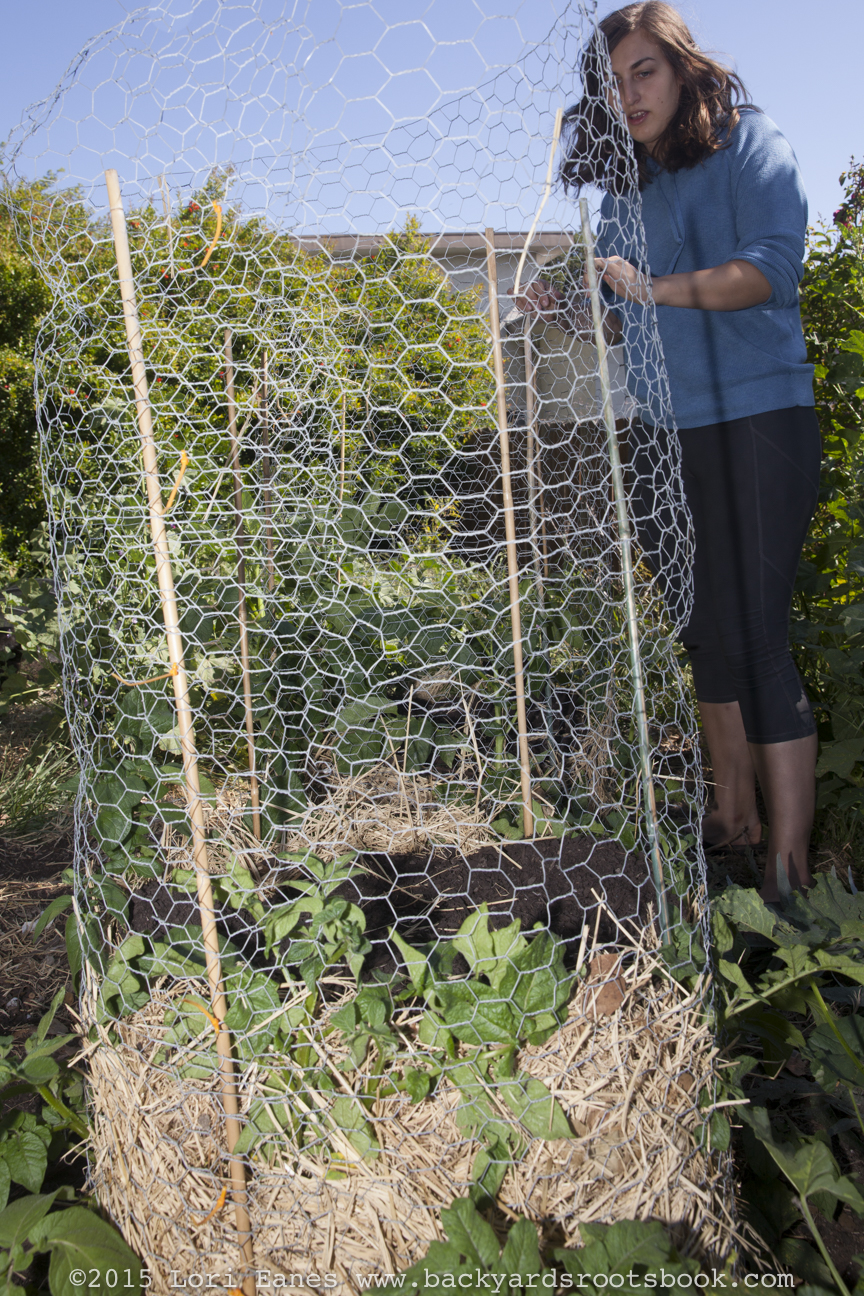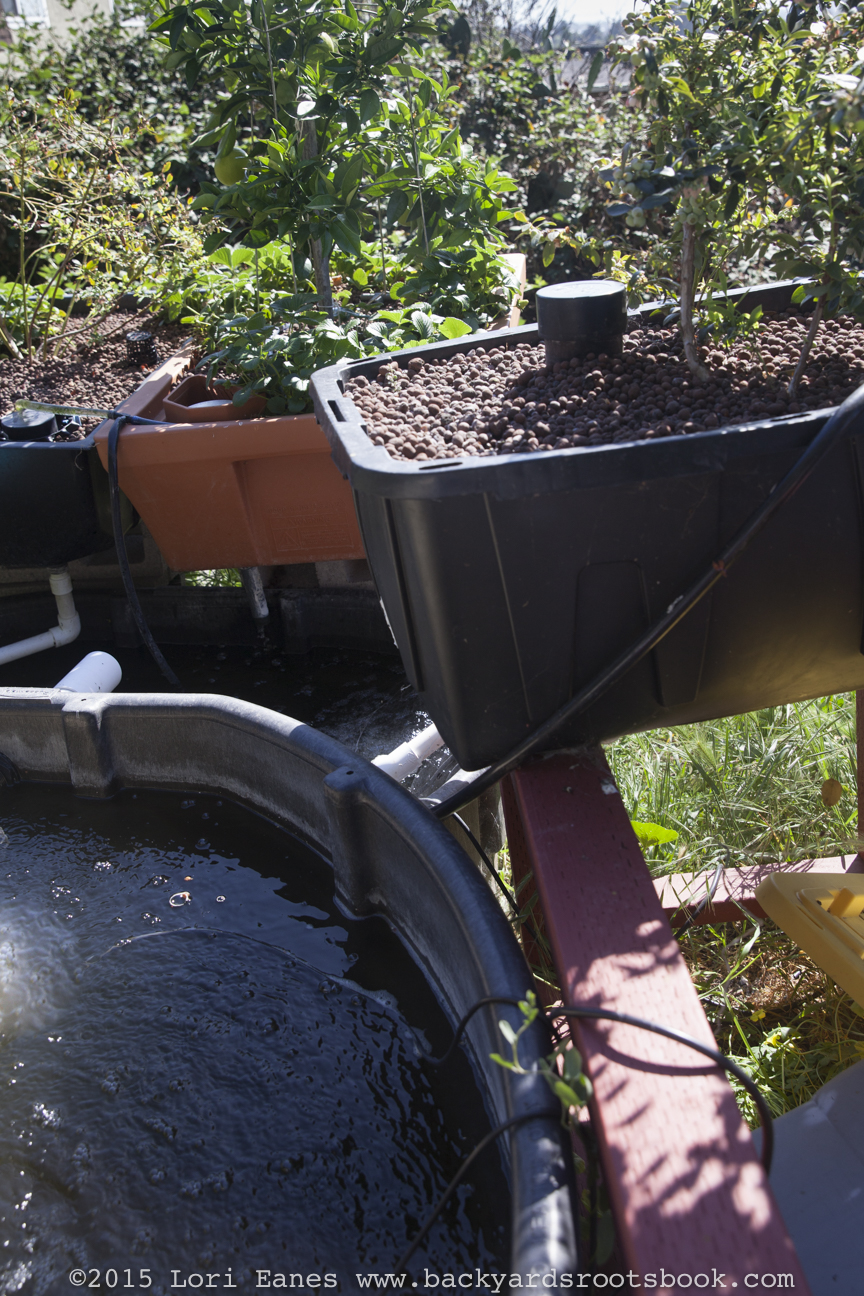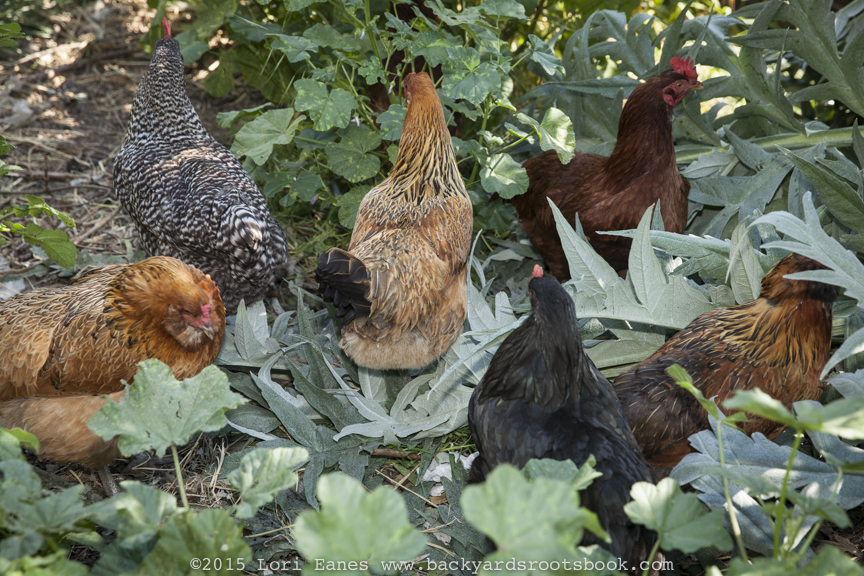Every year I’m overwhelmed by plums from my out-of-control feral plum tree so every year I make plum jam. But it gets boring. My go-to spice cinnamon adds flavor but that gets old too.
This year my new favorite is lemon-ginger. This fast and easy recipe uses much less sugar than most recipes, no pectin and lots more ginger and lemon. I don’t cook it long to keep the color bright and the flavor fresh. For a less juicy jam, use plums that are not over-ripe but if that’s all you have it will still work. This recipe is almost more of chutney and best of all it uses up lots of plums. This year I made 4 batches, not all were lemon ginger though, I know a good thing gets old fast.
Ginger Lemon Plum Jam
7 cups of plums
2 cups of sugar
One inch of ginger root minced
One tablespoon of lemon juice
Two teaspoons finely grated lemon zest
Wash, pit and half the plums, then put them in a large stock pot. Add the sugar and bring to a boil, then turn down to medium heat and cook for 10 minutes, stirring often. There will be lots of bubbles at first but keep stirring they will disappear. Add the ginger, lemon juice, zest and cook another 5 minutes. You can could a little longer if there is too much liquid.
To can: ladle into sterilized canning jars, leave ½ inch headspace. Wipe the threads and sides of the jars and screw down tops firmly, but not too tight. Lower jars into your canning pot, cover with water and bring to a gentle boil. Boil for 10 minutes, then turn off heat. Lift the jars out onto a dry towel. You will hear popping as the jars cool. After cooling for 12 hours check the seal by pressing the center. It should be pulled down and should not flex. Unscrew and check the edges to be sure they are sealed. If the seal is not strong, either re-try or store in the refrigerator and eat within a month.
